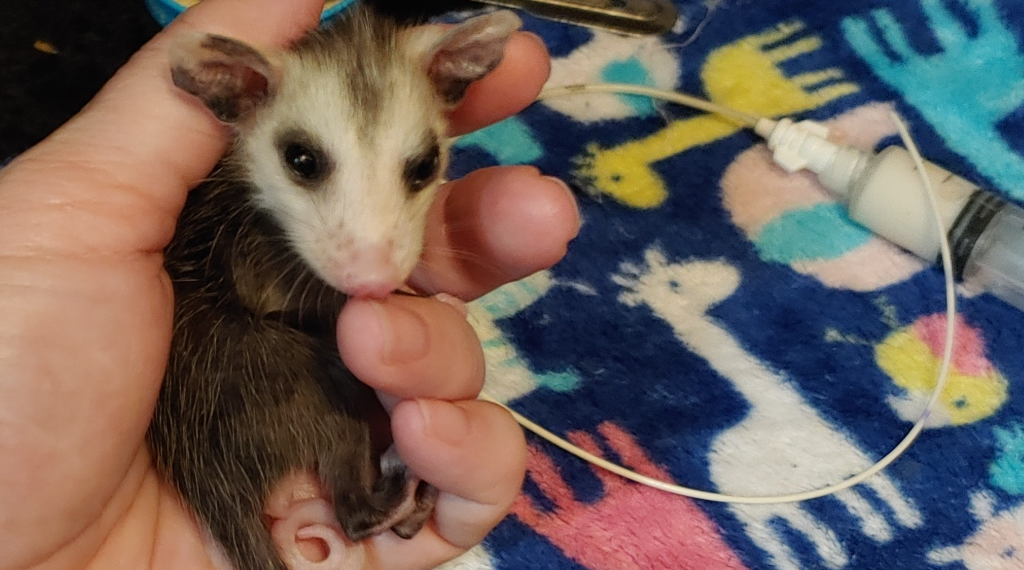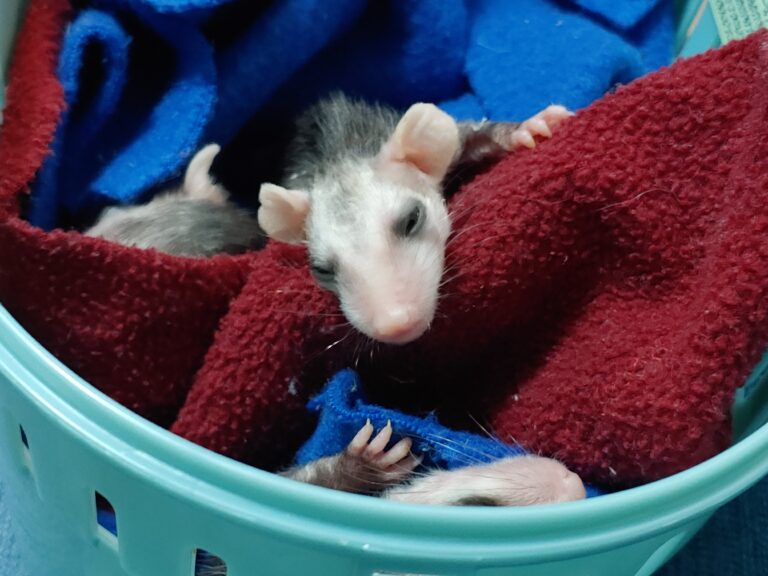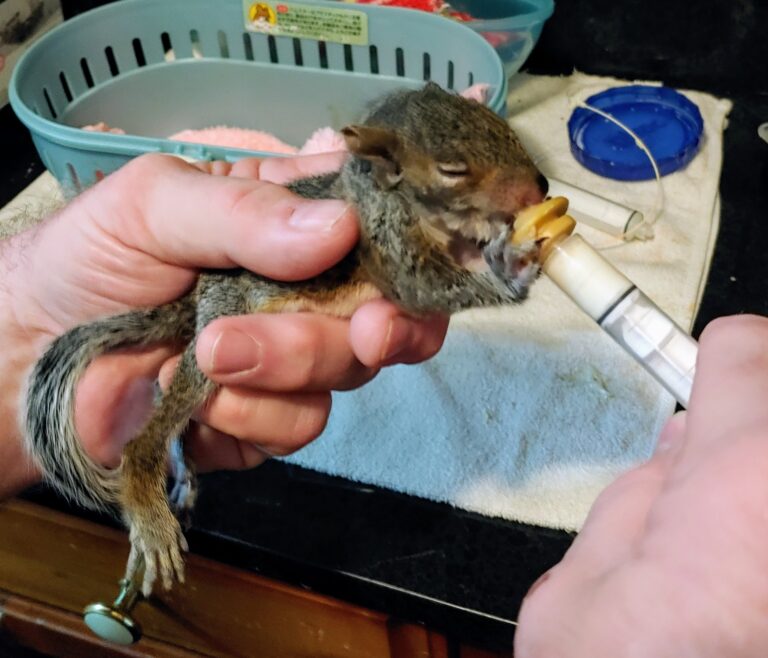A Day in the Life of an Animal Rehabilitator
A 24/7 Commitment to Saving Lives
The life of a wildlife rehabilitator is not for the faint of heart. It’s a role that demands dedication, stamina, and a deep love for animals. Each day is filled with activities aimed at ensuring the health, safety, and eventual release of the animals in your care. Here’s a glimpse into what a typical day might look like:
The Day Begins Before Dawn
- Clean Cages:
- The first task of the day is often cleaning. This involves changing pads, washing and refilling water and food bowls, and emptying and refilling poop pans. Hygiene is crucial to prevent the spread of disease and to ensure that the animals are in a comfortable environment. Each cage is carefully inspected, and any soiled materials are immediately removed to maintain a sanitary living space.
- Prepare Meals:
- Preparing meals for the animals is no small task. It includes mixing formulas for babies, cutting up fresh vegetables, and cooking meat for the carnivores. Each animal has its own dietary needs, so meals must be carefully planned and prepared to ensure they’re getting the right nutrients. For some animals, this might mean preparing several different types of food to cater to various dietary restrictions or preferences.
Feeding Time
- Feed Animals:
- Feeding time is a critical part of the day, especially for the babies who may need to be fed as frequently as every two hours. Feeding involves more than just providing food—it’s also a time for monitoring each animal’s health. You’ll watch for signs of illness or distress while ensuring that each animal is eating properly. For newborns or very young animals, feeding might require bottle feeding or even tube feeding, which demands patience and precision.
Tackling the To-Do List
- Laundry:
- With animals comes laundry—lots of it. Blankets, towels, and other bedding need to be washed and dried to maintain a clean environment. The laundry pile never seems to end, but it’s a vital part of keeping the animals healthy and comfortable.
- Medical Treatments:
- Injured animals require ongoing medical treatments. This can include administering medications, cleaning wounds, or changing bandages. Medical care is often the most demanding part of the day, requiring focus and attention to detail. Each treatment is critical to the animal’s recovery, and it’s during these moments that your training and experience truly come into play.
- Grocery Shopping:
- To keep up with the varying dietary needs of your charges, grocery shopping becomes a frequent chore. Stocking up on fresh produce, meats, and other essentials is a constant task. You might find yourself buying out entire sections of a grocery store, much to the curiosity of other shoppers.
Caring for the Critters
- Love on Babies:
- Amidst all the hustle, it’s important to take a moment to simply love on the babies. This could be cuddling a fawn, comforting a baby squirrel, or bonding with a raccoon. These moments of affection are not just for the animals—they’re also for you. They remind you why you do what you do and provide a much-needed emotional boost.
- Answering Calls, Emails, and Texts:
- Your phone is never quiet. Calls, emails, and texts pour in from people who have found injured or orphaned animals. Each call is different—some require immediate action, while others might need advice on how to handle a situation. You become a lifeline for both the animals and the people who care about them.
Wrapping Up and Preparing for Tomorrow
- Referring to Other Rehabbers:
- Sometimes, you’re not the best fit for a particular case. In these instances, you’ll refer people to other rehabbers who specialize in different species or who have the capacity to take on more animals. This network of rehabbers is essential for ensuring that every animal gets the care it needs.
- Offering Advice:
- Offering advice on handling animals is a regular part of your day. Whether it’s instructing someone on how to safely transport an injured bird or explaining what to do if they find a baby squirrel, your knowledge and experience are invaluable resources for the community.
- Asking for Help:
- It’s not uncommon to find yourself asking for help. Whether it’s for volunteers, donations, or just an extra pair of hands, the work can be overwhelming. Networking and building a supportive community around your rehab efforts are crucial for your survival as a rehabber.
Nightfall: The Day Isn’t Over Yet
- Educational Talks:
- When time allows, you might give educational talks to schools, community groups, or even through online platforms. These talks are a vital part of spreading awareness about wildlife rehabilitation and the importance of coexisting with our wild neighbors. They help educate the public on what to do when they encounter wildlife and the role rehabilitators play in the ecosystem.
- Nightly Check:
- Before you can rest, there’s one last check on all the animals. Are they settled in for the night? Is everyone fed, watered, and comfortable? This final round ensures that your charges are safe and secure before you can finally relax.
Final Thoughts on a Life of Purpose
Being a wildlife rehabilitator is more than a job—it’s a way of life. Every day is filled with challenges, triumphs, and a deep sense of purpose. You might be exhausted by the end of the day, but knowing that you’ve made a difference in the lives of these animals makes it all worthwhile.




